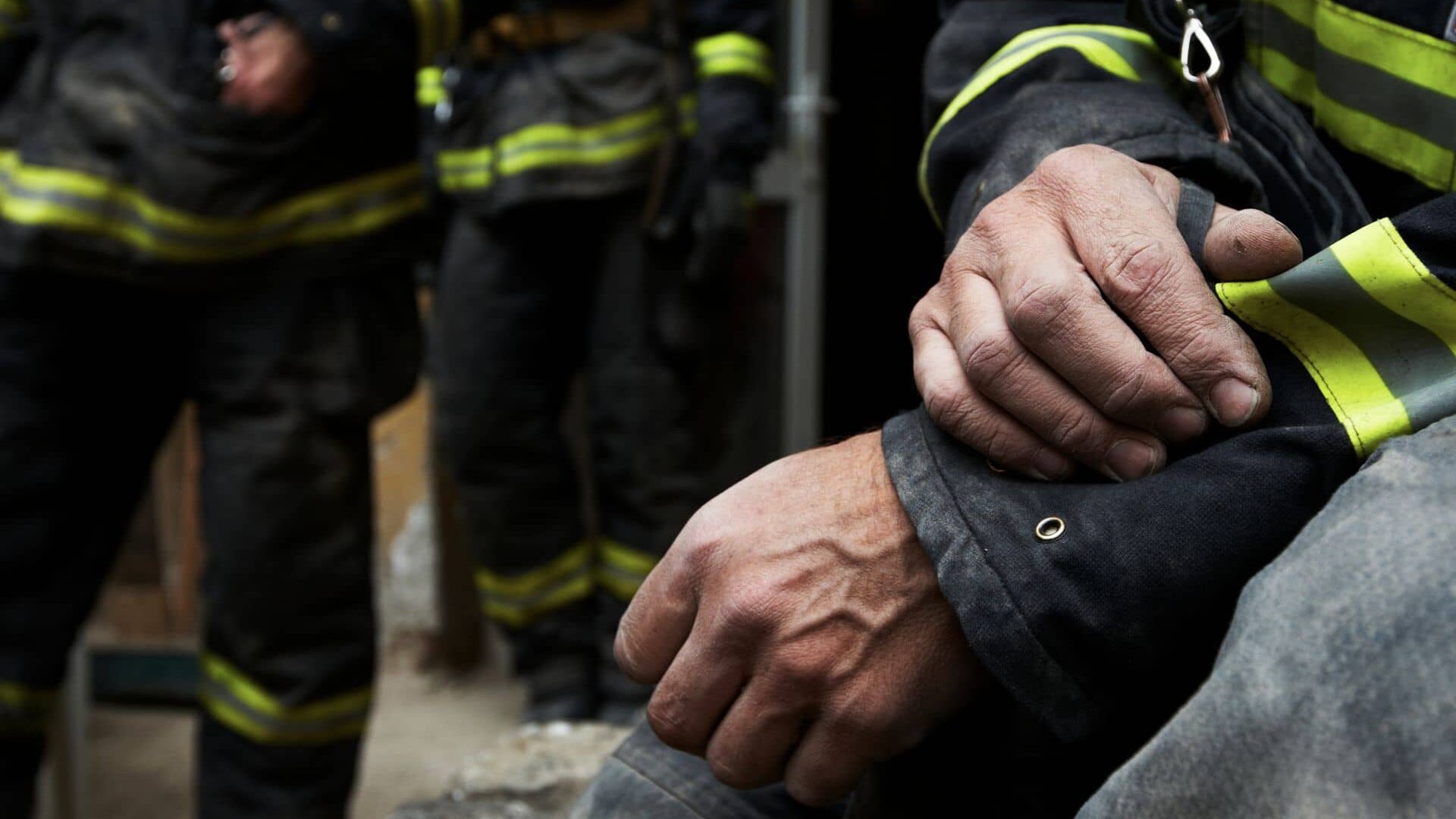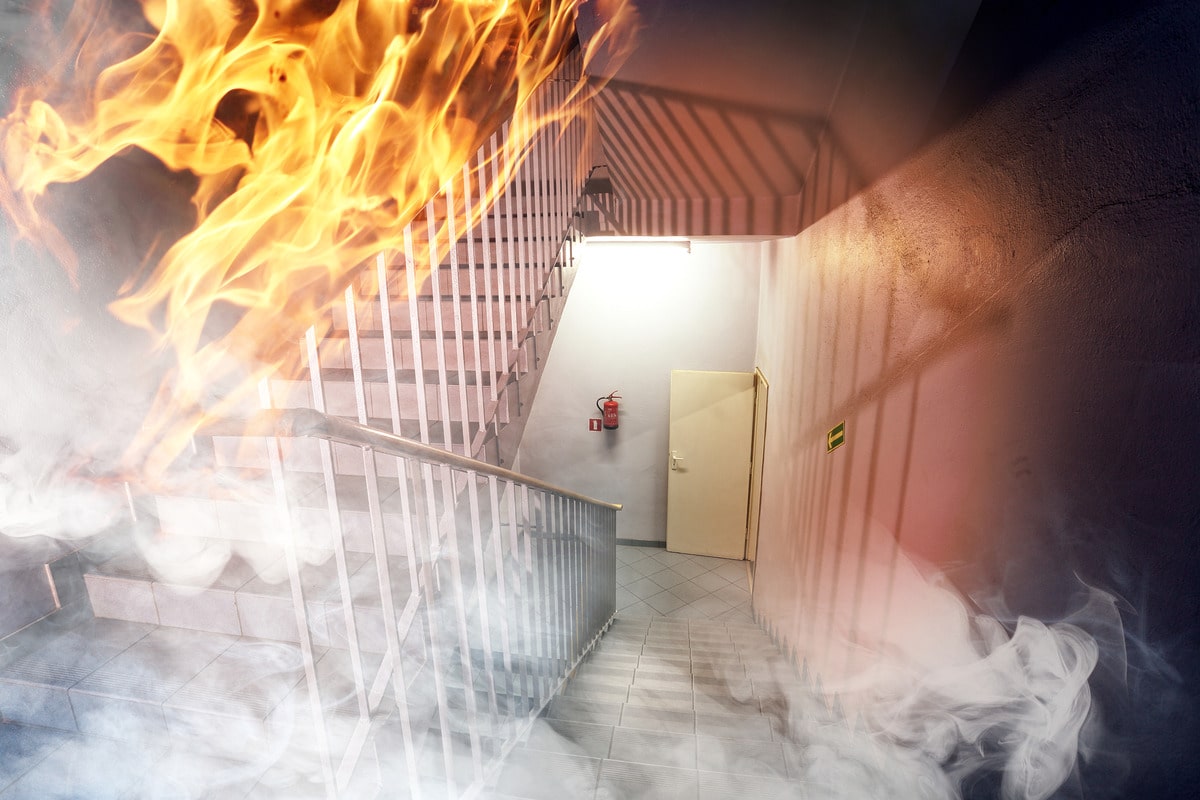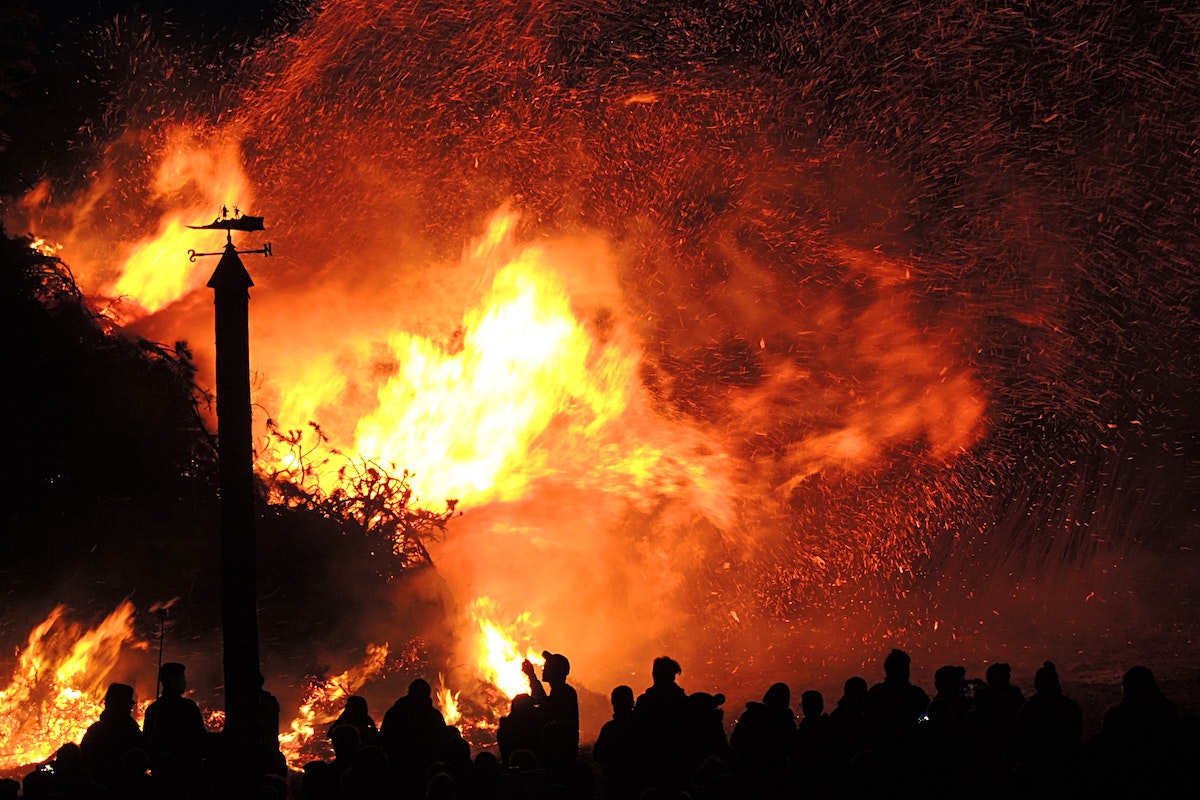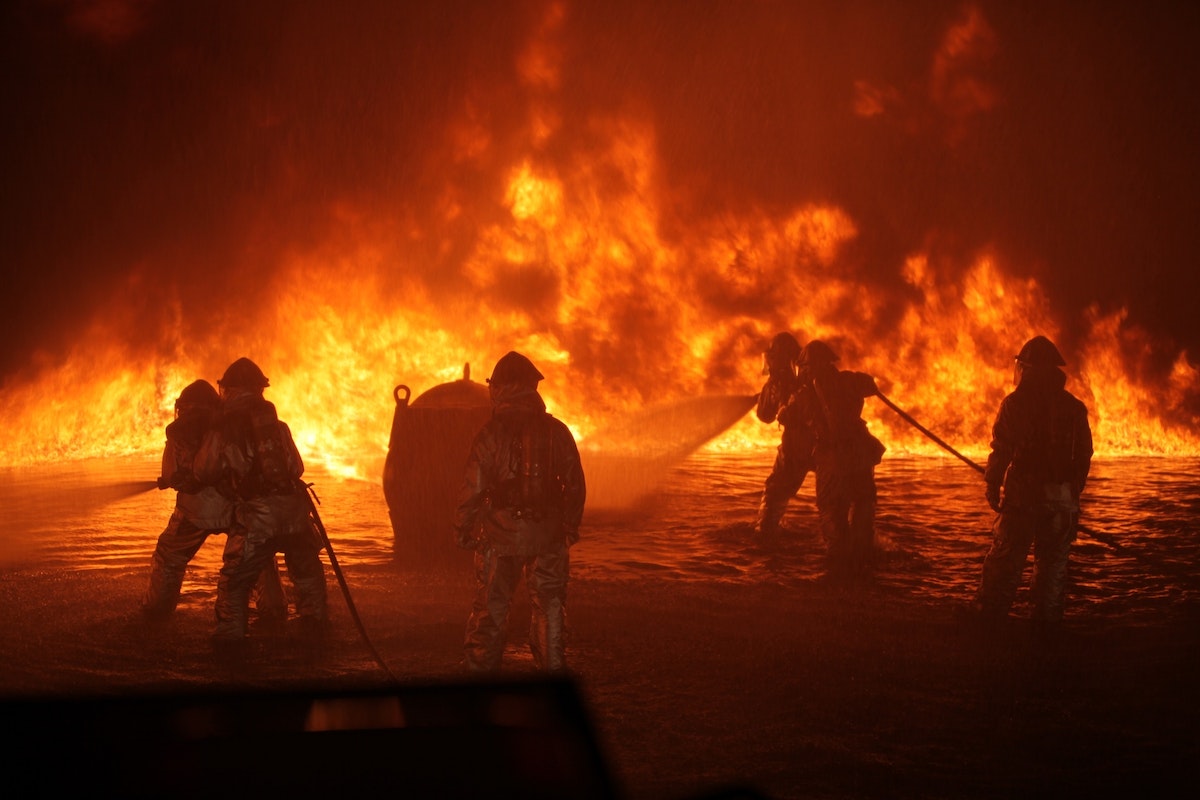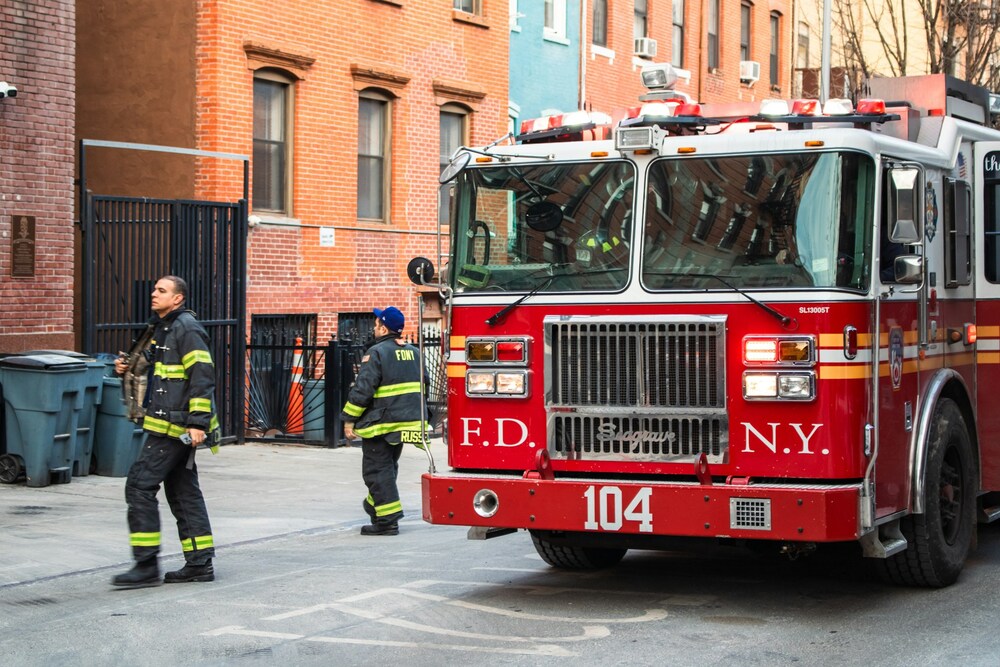Court-Proof Fire Records
Contents
Digital Logs vs Paper: Court-Proof Fire Records
Spoiler: handwritten logs get rejected 78% of the time in post-fire litigation. Judges want metadata, GPS stamps and photos that can’t be forged the morning after.
We still see property managers hand a guard a clipboard and hope for the best. That hope evaporates when the insurance lawyer asks, “How do we know you didn’t fill this out in the parking lot ten minutes ago?” Digital logs answer that question with blockchain-level proof.
The Four Metadata Points Every Log Needs
Time, GPS, photo and biometric signature. Skip one and the opposing counsel will argue reasonable doubt. Our app captures all four every 30 minutes and uploads to AWS servers the second the guard hits submit.
Once uploaded, the file is hashed and can’t be altered, not even by us. That’s called “write once, read many” and it’s the same standard hospitals use for patient records.
Paper Failures We See in Court
Faded ink, coffee stains, duplicate times and the classic 2 a.m. entry written in perfect handwriting. Jurors aren’t stupid; they know nobody writes that neatly in the dark.
We’ve also seen logs where every signature is spelled exactly the same, down to the missing dot on the i. One expert witness demoed how a Bic pen could create two identical signatures and the claim was denied on the spot.
Digital Edge That Wins Claims
Last year a midtown hotel had a kitchen fire at 3:07 a.m. Our digital log showed the guard scanned the NFC tag outside the kitchen at 3:02 a.m., uploaded a photo of a clean area and shot a 30-second thermal video with temps at 78°F.
Five minutes later the grease duct flashed. Because we could prove the guard was physically present and the area was clear, the carrier paid the $400,000 claim in 14 days. The adjuster told us the digital trail cut their investigation time in half.
Want the same protection? Call our team and we’ll convert your old paper route to digital tags overnight, no long-term contract required.
